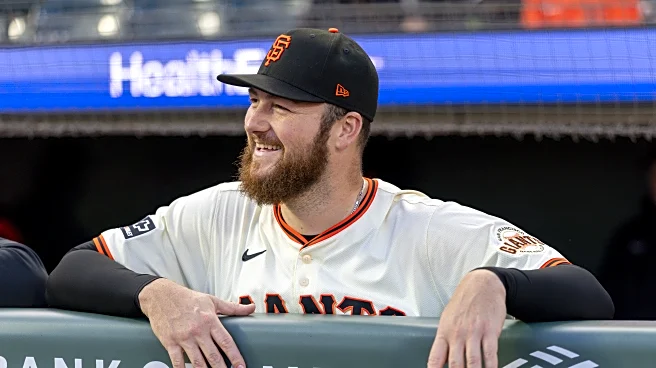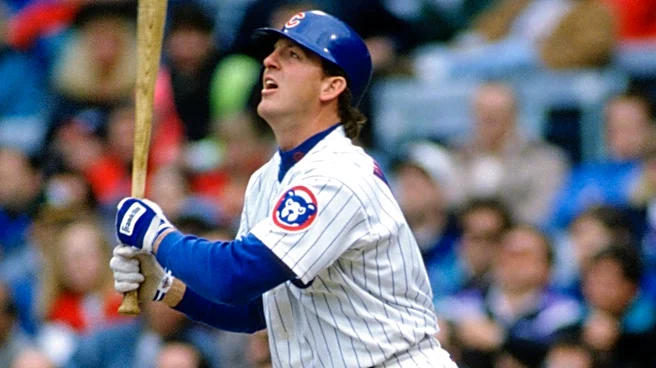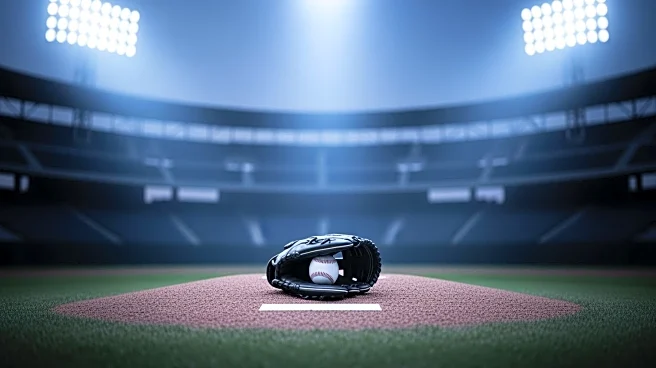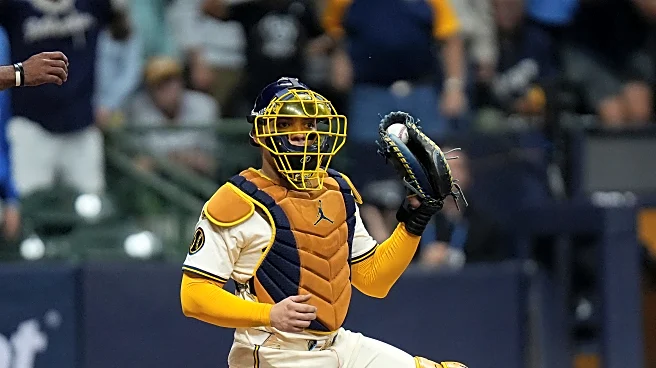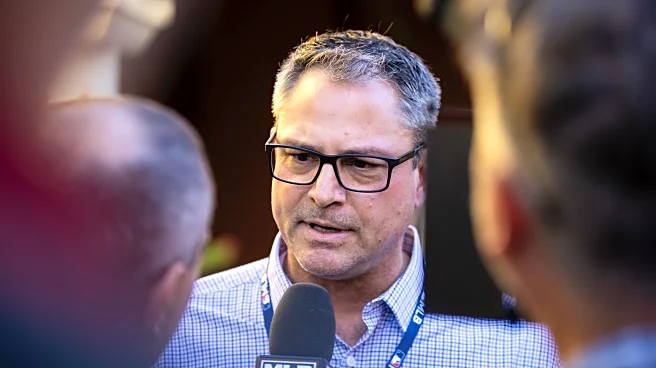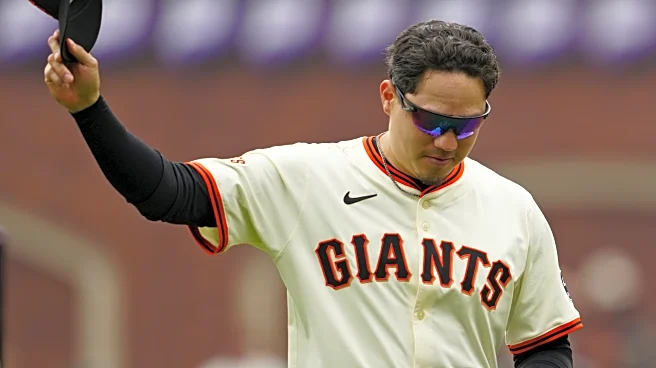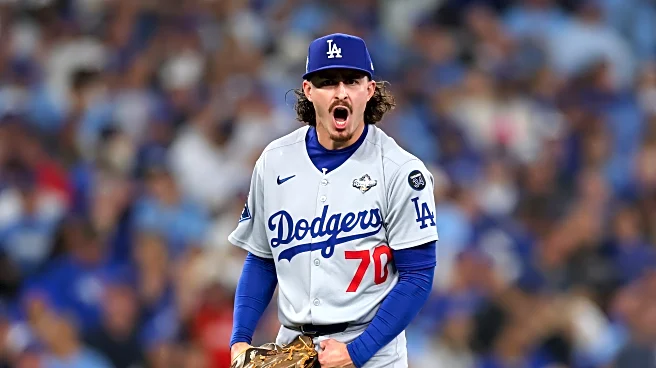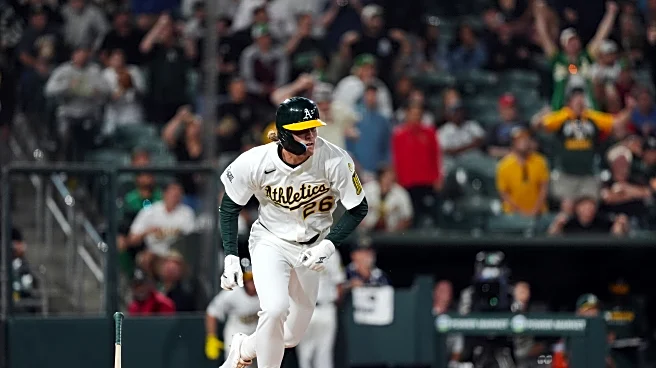2025 stats (with SFG): 27 G, 25.1 IP, 3.91 ERA / 2.66 FIP, 24 K, 10 BB, 0 HR, 1.50 WHIP, 52.7 GB%, +0.5 fWAR
Waiver claims aren’t lottery tickets like prospects are, they’re an arcade game. A player’s history is the same as staring and watching the high score screen on a loop or watching somebody else play before you get behind the joystick. The cost is certain — the waiver claim fee plus the prorated portion of the salary. The claim is based on need, too. For an arcade game, that need is fun. For a player,
that need could be anything — reliever, pinch hitter, platoon option; but in any scenario, a waiver claim is an investment of time.
Was Matt Gage worth the Giants’ time?
He was long ago. Then-GM Bobby Evans drafted him for the Giants back in 2014. It took Gage six major league organizations (Mets, Dbacks, Blue Jays, Astros, Dodgers, Tigers) and three Mexican League teams (Diablos Rojos, Eastern Reyes del Tigre, Venados de Mazatlan) to find his way back to San Francisco in his age-32 season. I think what ultimately made him an attractive option for a team suddenly exhausted of left-handed pitching depth was how well his season started. He began 2025 in Triple-A Toledo for the Tigers, and carried a 1.67 ERA in 32.1 IP before getting the callup. He appeared in just 6 games (5.2 IP 0 R) before they DFA’d him, but he had made himself a flashy enough arcade game to catch the Giants’ eye as they walked passed him on the waiver wire.
The underrated beat writer Justice de los Santos profiled him at the end of August for the Mercury News and among the many tidbits you might guess when reading about a journeyman relief pitcher, you’ll find a motivational perseverance. You might not be a professional athlete, but if there’s something you really want to do, there are many avenues to working hard in service of that goal. He thought his career was over, but even with that thought, he didn’t give up. The one bit I’ll steal from the piece is that his wife, Paige Gage (!), helped him make a mechanical tweak to his delivery that helped him unlock this reliever-phase of his career (he was drafted as a starter). If you haven’t already, you should find a way to read that story in Santos’s article, because it’s great.
There have been just 13 left-handed relief pitchers in MLB history to have their age-32 season be their third season in the big leagues (yeah, yeah, that’s an oddly specific and kinda silly split), and if you look at the list, what will surprise you is how it’s not a roster of flameouts. Before I clicked start to begin the query, I suspected there would’ve been (1) more names and (2) a 25-25-50 split between elite late bloomers, one-and-dones, and converted starters who hung around a few more years, my general feeling being that any guy who works that hard and gets a shot post-30s must have the talent to last until injury or the aging curve really snuffs out the fire.
When the Giants added him to the team in July, I speculated that they’d have him use his sinker more often and that they’d convert his slider to a slurve. Neither happened. He did throw his sinker a bit more, but got really poor results (.400 avg against, 93 mph exit velo). His slider, despite being below the “elite” spin rates of 2,500/2,600 rpm, is above average in how it moves off his glove side and drops. Results-wise, the +4 Run Value is accumulated in his brief time with the Giants tied with Tyler Rogers and Randy Rodriguez for the season.
It must be noted that Run Value is an outcomes-based figure, which means it doesn’t really help us with projections, but for a season review looking at what happened? It’s a good one. His slider helped him get a lot of outs for the Giants this season and continue his career-trend of preventing home runs. In his Mexican League era, despite a 4.83 ERA, he allowed just 16 home runs in 169.2 IP (0.8 HR/9). In 10 minor league seasons, he’d surrendered just 43 homers in 738.1 IP (0.5 HR/9). He doesn’t have above average velocity (92-94 mph), but his profile is a left-hander (always valuable) who doesn’t have terrible control issues (~3.5 BB/9 — not good, not terrible), and doesn’t allow a lot of home runs.
He’s a great example of how FIP is superior to WHIP: nobody wants a reliever with a 1.50 WHIP, but a sub-3.00 FIP? That’s fantastic. On paper, that’s valuable. Plug a player with that data into a model and your projection system will be happy. Add in Gage’s background and here’s a player most teams will want on a personal level. Bobby Evans’ return to the team as an advisor surely helped get him another shot in the majors thanks to all the work he’d put in.
Gage would make a solid second lefty in the 2026 bullpen, if not with the Giants, then somewhere else; but, rather than wonder about next season, it’s just nice to see a journeyman story with a happy ending. Gage worked hard to stick around and now he will.
